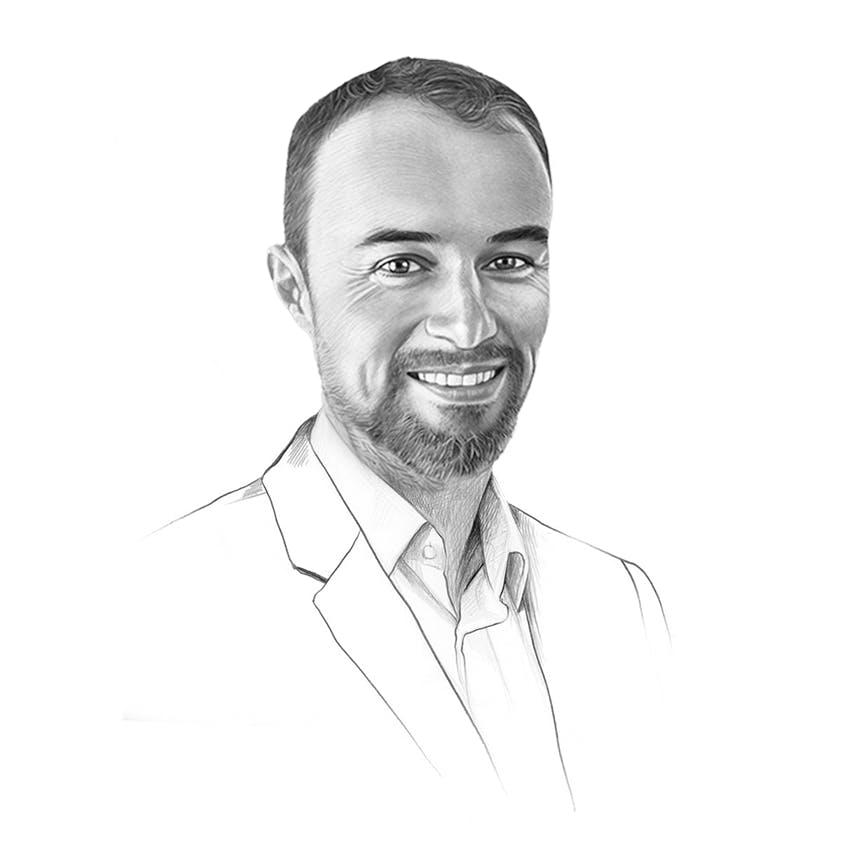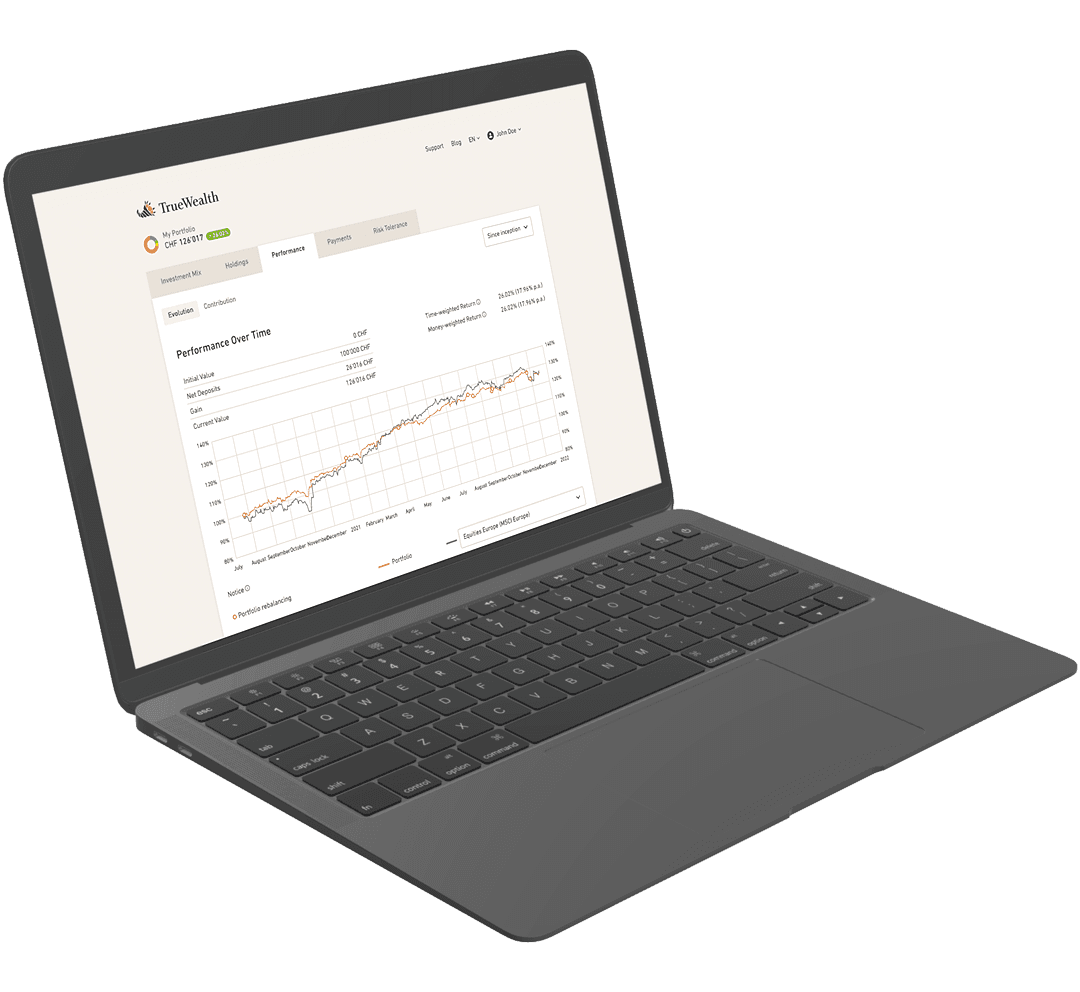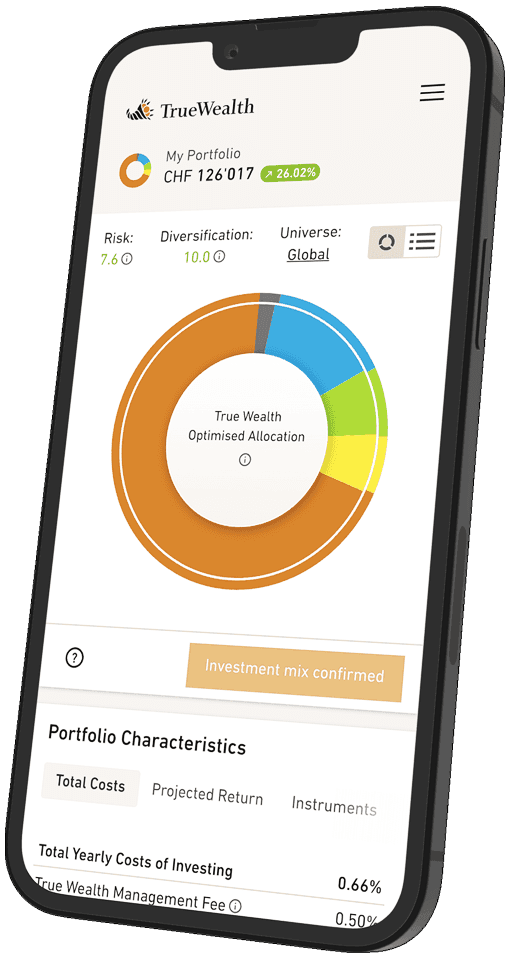#49 How do I read my pension fund statement correctly?
Every year, you receive a personal pension statement from your pension fund. But be honest: have you ever taken a close look at it? For many people, their pension fund savings are their largest asset – and the statement contains important information that can help you better understand and optimize your retirement provision.
Your personal details, such as your name, date of birth, and marital status, are shown at the top of the summary. Directly below this you will find key information: your relevant salary, your projected retirement assets, and an estimate of your future retirement pension – both for normal and early retirement.
Benefits in the event of disability or death are also listed. The summary is supplemented by an overview of the contributions you and your employer make each year.
Why is the insured salary lower than your actual salary?
Looking at the insured salary often leads to a moment of realization: it is usually lower than the gross salary you find on your pay slip. The reason for this is the so-called coordination deduction.
In Switzerland, retirement provision is based on the three-pillar principle. The first pillar – the AHV – covers part of your income. To ensure that the AHV and pension fund do not overlap, the latter deducts a fixed coordination deduction from your gross salary. This currently amounts to 26'460 francs. Only the portion above this amount is considered insured salary in the second pillar, i.e. in the BVG.
If you earn more than 90'720 francs per year, only part of this amount (maximum 64'260 francs) is subject to compulsory insurance. Income above this amount falls under the non-mandatory portion, which is subject to more flexible rules. Here, pension funds can apply lower interest rates or set a lower conversion rate. Both would have a negative impact on your future pension.
The retirement assets
One of the most important figures on your pension statement is your retirement assets. When you retire, you can either draw these as a monthly pension or as a one-time lump-sum payment. The lump-sum payment is subject to capital gains tax, the amount of which varies depending on the state and the amount. You can use our calculator to compare the two options, lump-sum payment and pension.
If you change jobs, your retirement assets will be transferred to your new pension fund. However, if you take a longer break or become self-employed, the assets will be transferred to a vested benefits account.
Benefits in the event of disability and death
In the middle section of the certificate, you will find information on the risks of disability and death. This information shows what pensions you or your surviving dependents can expect in the event of an emergency. Please note: Many pension funds only pay out in the event of disability after a waiting period of 24 months. Private insurance may therefore be advisable.
Home ownership with pension fund assets
Did you know that you can use part of your pension fund assets to finance your own home? There are two options: you can either withdraw the money directly (which is taxable) or pledge it as collateral, in which case it remains invested and increases your financial flexibility.
Voluntary purchases – are they worthwhile?
At the end of your pension statement, you will find your purchase potential. This shows how much additional capital you could voluntarily pay into your pension fund. Such a purchase can be attractive from a tax perspective and increase your pension – but whether it is worthwhile in your case depends on various factors. It is definitely worth looking into this in more detail. We explore this topic in more detail in our podcast «Voluntarily paying into the 2nd pillar: is it worth it?».
Differences between pension funds
The benefits and conditions offered by different pension funds vary greatly, particularly in the non-mandatory area. The exact rules can be found in the respective pension fund regulations.
We hope this overview has equipped you to read your next pension fund statement correctly. Do you have any further questions? Feel free to send me an email.
About the author

Founder and CEO of True Wealth. After graduating from the Swiss Federal Institute of Technology (ETH) as a physicist, Felix first spent several years in Swiss industry and then four years with a major reinsurance company in portfolio management and risk modeling.

Ready to invest?
Open accountNot sure how to start? Open a test account and upgrade to a full account later.
Open test account